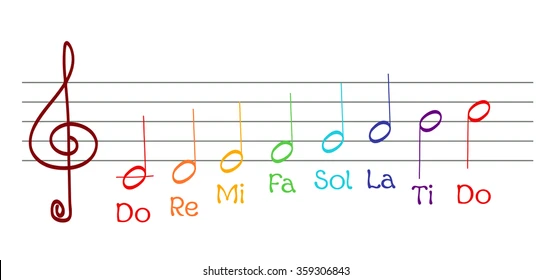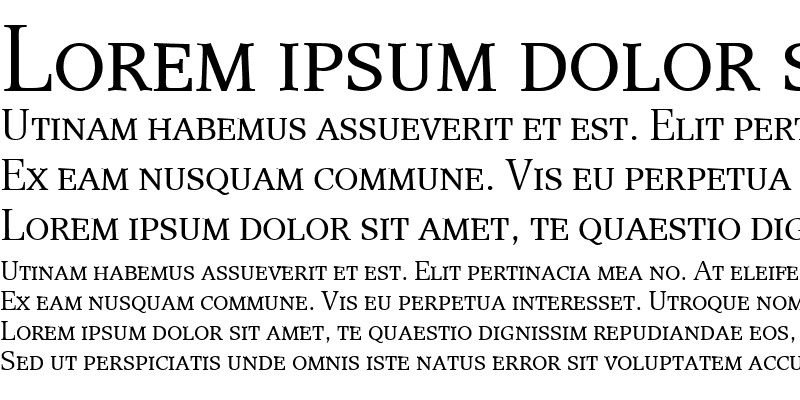Artificial Languages
There are several types of artificial languages. The first one of them is "A priori language" - it simply means that words used in this language aren´t based on real ones, the author had to make up completely new and mostly non-understandable words.

An example of a priori language is Solrasol and maybe is for you known much more than you would think. Syllables of this language were taken by the music community and till now are its syllables used to internationally name each note in scale - do, re, mi, fa, so, la, ti.

The second type of artificial language is probably the more used and more known among people - "posteriori language" - which means that words of this language are taken from or borrowed from other existing languages.
The most known example of posteriori language is certainly Esperanto created by Polish ophthalmologist L. Zamenhof for the purpose of created an international language to simplified communication between states and people from different countries. In general, Esperanto has similarities words and grammar and inspired by Spanish, English, German, Italian, Russian and Polish
Around the world are about 20 000 people speaking Esperanto and even though Esperanto is an artificially constructed language, it has about a thousand native-speaking people around the world.

Karolína Walterová
